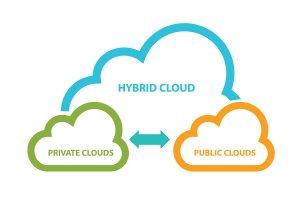
Artificial Intelligence (AI) continues to dominate tech headlines. Now, rather than learning what the technology could mean for government, we're reading about where it's being implemented, and the results being achieved. A recent report found that AI is no longer considered optional, but rather a critical component to managing and using large amounts of data. IT leaders in government are looking to AI to automate routine, data-oriented tasks, ease access to diverse sets of data, prioritize tasks based on the benefit to the organization, and generally keep track of ever-growing streams of data.
The Intelligence Community (IC) has long been a top consumer and analyzer of data in government. Not surprisingly, they have embraced AI technology to supplement the work of analysts by reducing the amount of manual data sorting with machine-assisted, high-level cognitive analysis. AI is being used to help triage so the highly-trained analysts can spend their time making sense of the data collected by looking at the most valuable and seemingly connected pieces.
Health and Human Services (HHS) implemented an AI solution when they needed to quickly procure Hazmat suits to meet the response to an Ebola outbreak. Procurement officials were able to use AI to make like-to-like comparisons among products. After the initial tactical analysis, the acquisition teams were able to use the data gathered on department wide pricing and the terms and conditions to better define parameters for ten categories of purchases.
Despite the successful implementations in many agencies, AI is still in the pilot and introductory phase. The Air Force is making it easier to begin experimenting with AI. Because the DoD has strict rules about what can be put on their networks, it is difficult to introduce new technologies into the production environment. The Air Force has created a workaround with the Air Force Cognitive Engine (ACE) software platform, a software ecosystem that can connect core infrastructures that are required for successful AI development (people, algorithms, data, and computational resources).
HHS is looking to use AI to analyze dated regulations as part of their AI for deregulation project. The pilot has found that 85 percent of HHS regulations from before 1990 have not been edited and are most likely obsolete. Using AI to flag regulations with the term "telegram," for example, will begin the prioritization of data that needs to be looked at by humans.

 The Department of Homeland Security's
The Department of Homeland Security's 



